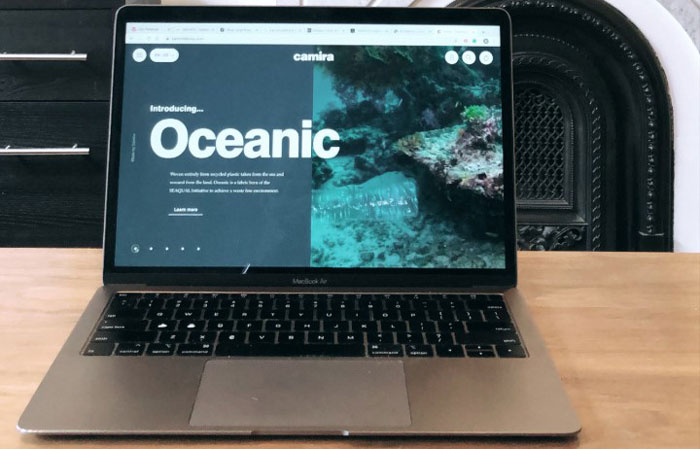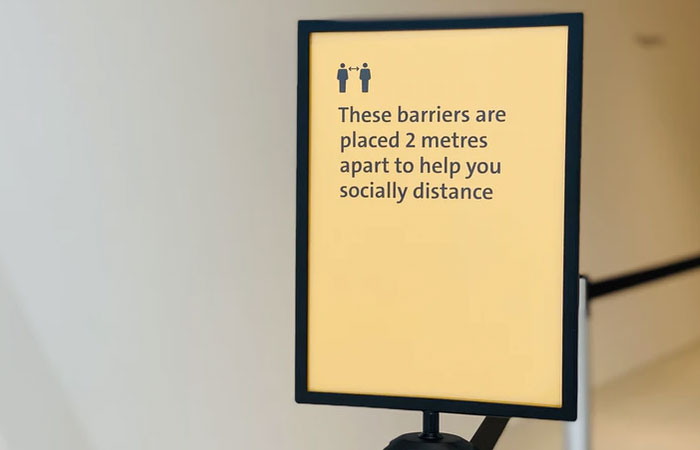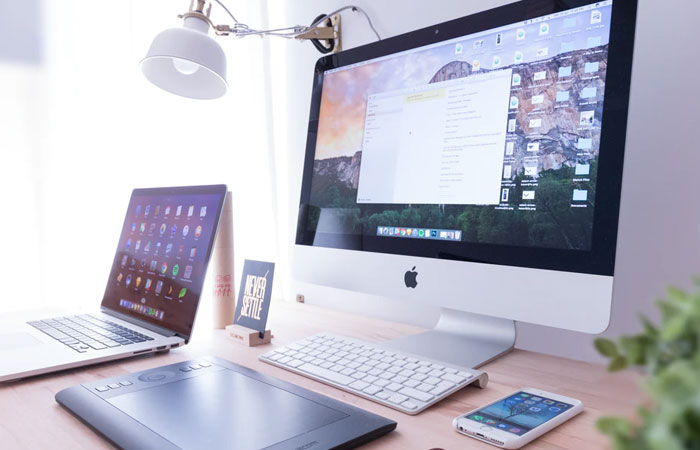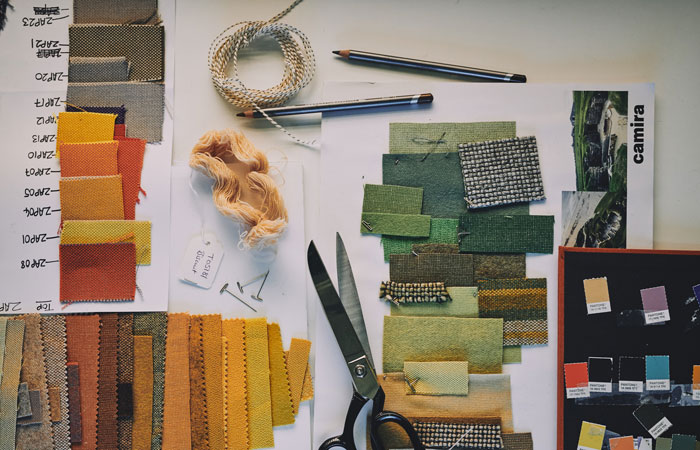OPEN OFFICE: How are you collaborating now?
Design Insider is thrilled to share Camira Fabrics’ thoughts on collaboration as part of our Open Office Campaign. We find out about how Camira Fabrics have been communicating with their team and clients during this time and the plans for communication in the future.

What is required for successful collaboration when considering blended working?
As we enter a new world of blended working – in which many of Camira’s collaborative discussions will be held with colleagues based both at home and in the office – it seems that they will need to consider the ways in which the team and clients communicate now that the norm of wholly remote working is on its way out, replaced by a more flexible set up which allows for both in-person meetings and the digital hangouts to which the Camira team have grown accustomed over the last few months.
So, Camira thought they would share just a few of the ways in which Camira will be using both the virtual and physical workspaces to ensure they continue to effectively collaborate, regardless of location.
Video Calls

Whilst it originally felt a little odd to see a screen of colleagues’ faces each time Camira joined a Teams meeting, video calls have been an incredibly effective method to encourage collaborative discussions whilst the team are unable to be in the same room. As Ian Burn, Director of Marketing at Camira, explains,
“The vast majority of our meetings now take place as video calls rather than over the phone – it just feels so much more engaging to have a discussion with colleagues when you can see their faces; and it means there’s a lot less room for miscommunication. Whilst silence can easily be misconstrued as disinterest, when you can see a person’s reaction, you instantly know it’s actually because they’re considering how to contribute, or making notes on a point raised, rather than because they have switched off from the discussion.”
As a result, Camira Fabrics will continue to keep in touch through video calls on the days we’re not based in the office.
Physical Meetings

Although video calls will continue to play a key role in Camira’s collaborative working going forward, there remains a need to physically see and speak with colleagues – there really is no virtual substitute that matches catching up in person. In ‘Making Virtual Teams Work: Ten Basic Principles’, Michael D. Watkins picks up on this point, writing that:
“Face-to-face communication is still better than virtual when it comes to building relationships and fostering trust, an essential foundation for effective team work.”
As result, when team members are on site during their office-based days, Camira Fabrics be actively setting time aside to sit around a (socially-distanced) table and discuss the issues or topics that will benefit from an in-person meeting, as Ian comments:
“This is particularly key for the more creative discussions surrounding photography and product launches, where it’s so important to be able to feel the texture of a fabric and see its detail up close, rather than as a JPEG on a screen. We also find that face-to-face meetings facilitate more free flowing conversation, which often sparks the best ideas or thought-provoking suggestions – which may be stifled on a virtual call.”
Frequent Communication

Possibly one of the most challenging elements of not being in close physical proximity to your team is the lack of informal conversation, as it’s these quick chats which often lead to information being shared, and concerns being raised – and resolved. As Watkins explains, there’s a need to ‘Create a “virtual water cooler” in which team members chat off-the-record, as it were. As he elucidates, one way of achieving this is to “start each meeting with a check-in, having each member take a couple of minutes to discuss what they are doing, what’s going well and what’s challenging.”
This is something Camira worked hard on to facilitate, as Ian describes:
“Each morning since we began working from home (an incredible 160+ days ago!), we’ve had a 9am meeting as a marketing team. Whilst it primarily began as a way to initiate ourselves into the new norm, and retain the sense of collaboration that comes so natural when physically working alongside one another, it’s actually become an invaluable way to increase collaborative working within the team.
Having a dedicated, regular open forum has meant that we’re much more aware of the individual projects people are working on, and the ways in which other team members can support them, so we’ve found that we’re problem-solving more together, rather than working in silo – which can so easily happen, even when your colleagues are less than a metre away. As we begin to introduce office-based days, this quick catch up first thing is something we’ll definitely be incorporating into our routine.”
Defined Communication Channels

With so many communication channels now open to us as a result of blended working, it can be almost overwhelming to decide on the best way to speak with a colleague – is an email too formal? An IM not formal enough? To avoid this kind of deliberation, it can be helpful for successful collaboration to identify the preferred channel for each type of communication. As Erica Dhawan comments in ‘How to Collaborate Effectively If Your Team Is Remote’, “Remote teams need to create new norms that establish clarity in communication […] e.g., to use or not use Slack, Google Docs, or Whatsapp groups.”
This something that Camira have certainly found to be helpful, as Ian explains:
“Early on during the transition to working from home, we created an informal guide for staying in touch so that people knew the best way to get a response or share information. So, the types of questions you’d call over the desk, we pop in an IM on Teams, for meetings which are collaborative in nature, we have a video call, for communication that needs a paper trail, we opt for an email distributed to all relevant people. Now that we’re beginning to return to the office, the meetings which really benefit from face-to-face interaction will be reserved for when the majority of colleagues are present in the workplace. In this way, we can ensure that our collaborative working is optimised according to the most appropriate channel.”
Whilst blended working certainly comes with a new set of challenges, it seems that Camira’s period of remote working has brought with it a number of lessons that will have a positive impact as the team begin to return to the office – and the Camira team are certainly looking forward to, once again, collaborating in person with their colleagues and clients.

To read more of our Open Office articles, click here.
Contact Camira through BCFA Product Finder.
The BCFA Product Finder is a unique search engine created especially for interior designers to source contract furnishing companies. Utilising this platform will support your findings for upcoming projects, with over 200 members profiles showcasing the latest product launches, new materials available, industry news and design trends.




